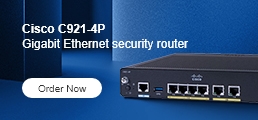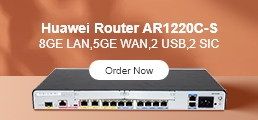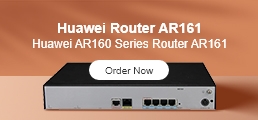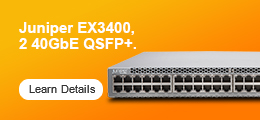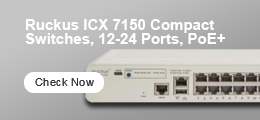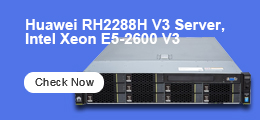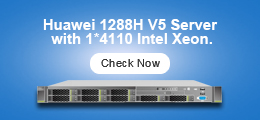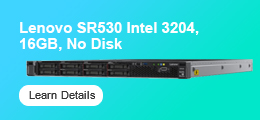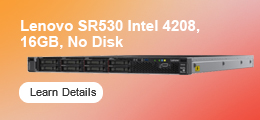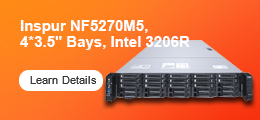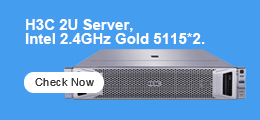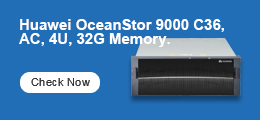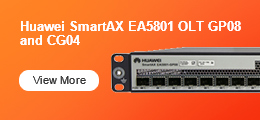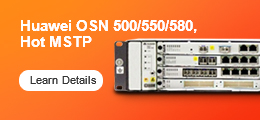Growing storage needs for virtualized servers now require greater levels of storage performance and functionality at a lower cost of ownership.
The HPE MSA 2050/2052 storage arrays are positioned to provide an excellent value for small-to-medium business customers who require increased performance to support initiatives, such as consolidation and virtualization.
HPE MSA 2050/2052 storage delivers these advantages through a number of unique architectural features. Some of the virtualization benefits are shown below:
The HPE MSA 2050/2052 provides a number of new features:
• 2X I/O performance from fourth generation.
• New processors, Broadwell Dual Core 2.2GHz.
• 8 GB cache per controller (Data [Read/Write] cache = 4 GB and metadata and system OS memory = 4 GB).
• HPE MSA SAS models.
• HPE MSA 2050/2052 storage supports Virtual Disk Groups only.
• The Small Form Factor (SFF) array now supports 24 slots / enclosure, max drive counts 192SFF/96LFF.
• The Hybrid Flash Array (2052) incorporates 2x800 GB mixed use SSD drives that can be used as Read Cache or a Read/Write Performance Tier.
• Volume copies can be performed between controllers.
• Virtual copies are now thin copies because the system only supports Virtual Disk Groups.
• Remote Snap v2:
– Replication frequency can be as often as 30 minutes.
– Up to 4 1:1 peer connection relationship.
– Peer connection authentication. Establishing a peer connection now requires a username and password.
– The peer connection must be established from the 2050/2052 when created.
– Replication can happen over FC and iSCSI connections.
– Replication queueing.
– Each system has a limit of 32 volumes or snapshots.
– Volume group limit is 16 volumes.
• Controllers support SFTP.
Storage pools
Storage pools in the HPE MSA storage array provide a way of virtualizing the physical disk array to support oversubscription, uninterrupted volume scaling, and storage tiering. Often referred to as a virtual pool, each storage pool is associated with one of the HPE MSA controllers. Each pool can support multiple disk groups to provide different tiers of storage—performance, standard, and archival types of storage. The HPE MSA storage array also features a unique ability to add a read cache disk group to a storage pool to provide caching for the most actively accessed data in the storage pool.
Disk groups
A virtual disk group is an aggregation of disks used for the purpose of storing data. Virtual disk groups in the HPE MSA storage array are of two types: virtual disk groups and read-cache disk groups.
Virtual disk groups require that you specify of a set of disks, RAID level, disk-group type, pool target (A or B), and a disk group name. If the virtual pool does not exist when the disk group is added, the system automatically creates it. Multiple disk groups, up to 16, can be added to a
single virtual pool. The pool can distribute the performance needs of the system over multiple disk groups. Additional features include the following:
• Virtual disk groups that contain solid state drives (SSDs) can only be created with a Performance Tier license. This restriction does not apply to read-cache disk groups.
• If you are creating multiple disk groups, each group should be created with the same number of disks that all have the same capacity. All disks in a disk group must be the same disk type (SAS, MDL SAS, or SSD).
• Virtual disk groups in the Storage Management Utility (SMU) default to RAID 6, but can be configured to support RAID-1, RAID 5, or RAID 10.
• Both controllers should be configured identically when creating disk groups.
• The number of data drives within a disk group should be a power of 2. See RAID level considerations below for more information.
• Disk Group Affinity: When creating a volume, users can also specify what type of tier affinity the group should support.
A read-cache disk group is a special type of a virtual disk group that is used to cache virtual pages to improve read performance. The HPE MSA2052 is required in order to use this feature, since it incorporates two 800 GB SSD’s and the Advanced Data Services License.
Read cache only helps with Random Reads. Sequential Reads are handled via HDD's. Read-cache disk groups do not add to the overall capacity of a virtual-disk pool; therefore, read-cache can be added or removed from the pool without any adverse effect on the volumes other than to impact read-access performance. However, if a restart or failover occurs, read cache contents are lost.
Data protection for read-cache disk groups is as follows:
• When a read-cache group consists of one SSD, it automatically uses NRAID.
• When a read-cache group consists of two SSDs, it automatically uses RAID 0.
Some advantages of Read-Cache disk groups are as follows:
• The performance cost of moving data to read cache is lower than a full migration of data from a lower tier to a higher tier.
• SSD’s do not need to be fault tolerant, potentially lowering system cost.
• Controller read cache is effectively extended by two orders of magnitude or more.
Virtual volumes
Virtual volumes are a subdivision of a storage pool that can be assigned to a host. Virtual volumes store user data in 4 MB virtual pages that are spread throughout the disks within the storage pool.
Some features of virtual volumes include the following:
Volume tier affinity – Volume affinity allows the user to specify tier affinity when creating a volume. This automatically moves data to a specific tier, if space is available.
There are three settings for volume tier affinity:
• No Affinity – Default – Volume data swaps into higher tiers of storage, based first upon the frequency of access, if space is available.
• Archive – Data is prioritized for the archive tier; however, data can be moved into higher performing tiers, if space is available.
• Performance – Data is prioritized for the Performance Tier. Performance affinity swaps into higher performing tiers based upon the frequency
of access, if space is available. If no space is available, the next highest performing tier is used.
• Snapshots – Redirects on write snapshots are thin and support branching. They do not require dedicated storage for storing the snapshots,
and as a result, use much less I/O to improve performance.
Replication – Replication provides a crash-consistent, point-in-time copy of a volume, volume group, or snapshot on a remote system by
periodically updating the remote copy.
• Replication can happen over iSCSI or Fiber Channel with 1:1 relationship for up to four arrays.
• Replication uses Peer Connection Authentication and provides for a more frequent replication (every 30 minutes). When replicating between an HPE MSA 2042 storage array and an HPE MSA 2050/2052 storage array, the peer connection must be instantiated on the HPE MSA 2050/2052 storage array.
Default mappings for volumes
By default, the HPE MSA maps all connected initiators to all volumes/volume groups. Therefore, all hosts/host groups have the ability to access all volumes using the specified access mode, LUN, and port settings. This is considered the default mapping.
The advantage of the default mapping is that all connected hosts can discover all volumes and volume groups with no additional work by the administrator. The disadvantage is that all connected hosts can discover volumes with no restrictions. Therefore, this process is not recommended for specialized volumes, which require restricted access. In clustered environments, to avoid multiple hosts mounting the volume and causing corruption, the hosts must be cooperatively managed using cluster software.
You can change the default mapping of a volume, or create, modify, and delete explicit mappings. A mapping can specify read-write, read-only, or no access to a volume through one or more controller host ports. When a mapping specifies no access, the volume is masked.
When creating an explicit mapping from a host/host group to a volume/volume group, a LUN identifier is established. A LUN identifies a mapped volume to a host. Both controllers share a set of LUNs, and any unused LUN can be assigned to a mapping. However, each LUN can only be used
once as a default LUN. For example, if LUN 5 is the default for Volume 1, no other volume in the storage system can use LUN 5 as its default LUN. For explicit mappings, the rules differ: LUNs used in default mappings can be reused in explicit mappings for other volumes and other hosts.
RAID level considerations
Because many possible disk configurations are available to the HPE MSA storage array, the level of RAID protection is often determined by the installed hardware configuration. The following can be used as a baseline for implementing data protection for Adaptive Optimization (AO) and parity-based disk groups.
When using AO, the best practice is easy to identify. The performance tier should be configured with RAID 1, the standard tier with RAID 5, and the archive tier with RAID 6.
For optimal write performance, parity-based disk groups (RAID 5 and RAID 6) should be created with “The Power of 2” method. This method means that the number of data (non-parity) drives contained in a disk group should be a power of 2, as shown below:

Furthermore:
How to Use HPE MSA 2052 Embedded SSDs for Best Performance?
HPE MSA 2050 Storage Data Sheet
HPE MSA 2052 Storage Data Sheet




